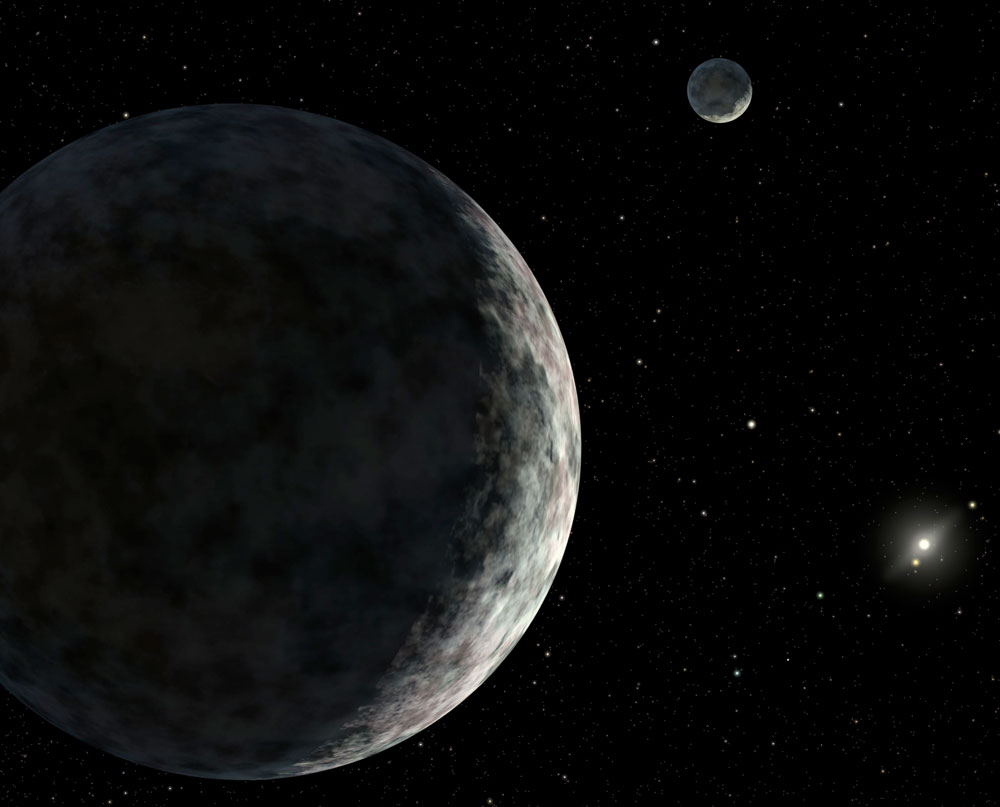Discover more 18 large planets
American astronomers have discovered 18 new planets of the same size as Jupiter. They turn around stars larger than the sun.
This discovery increases the number of planets orbiting major stars that have been known for 50% more. The size of these planets helps astronomers better understand how planets are formed and grown in the distant solar system.
These planets were found only a few months after a group of scientists announced the discovery of another 50 new worlds, including a rocky planet that could nourish life. The list of planets discovered so far has exceeded 700 and continues to increase rapidly.

These planets were found when researchers used Hawaii's Keck Observatory and tools in Texas and Arizona to survey about 300 stars. They focus on type A stars, which are at least 1.5 times larger than our sun.
The new discovery also provides additional evidence for one of the two theories that explain the formation and evolution of planets. This theory suggests that planets grow from dust and gas particles in a protoplanetary disk. This theory says that the characteristics of a planetary system depend heavily on the mass of the star.
The second theory is that planets are formed when large clouds of gas and dust in the pre-planet disk; simultaneously breaking into blocks and becoming planets. According to this theory, the size of why has little impact on the size, quantity and other features of the planet.
- Why are planets spherical, and meteorites?
- Discover the first two large planets equal to the earth outside the solar system
- Our solar system in the galaxy is rare
- Discover more than 700 planets outside the solar system
- Discover 9 new planets
- Discover 3 extremely rare extrasolar planets only 73 light-years from Earth
- Discover the planet has the three Suns closest to Earth
- Unknown mystery about planets outside the solar system
- Discover many diamond planets
- The super-Earth planet may contain life
- Discover a new planet 13 times larger than Jupiter
- Discover more than 1000 new planets outside the solar system
 Van Allen's belt and evidence that the Apollo 11 mission to the Moon was myth
Van Allen's belt and evidence that the Apollo 11 mission to the Moon was myth The levels of civilization in the universe (Kardashev scale)
The levels of civilization in the universe (Kardashev scale) Today Mars, the sun and the Earth are aligned
Today Mars, the sun and the Earth are aligned The Amazon owner announced a secret plan to build a space base for thousands of people
The Amazon owner announced a secret plan to build a space base for thousands of people